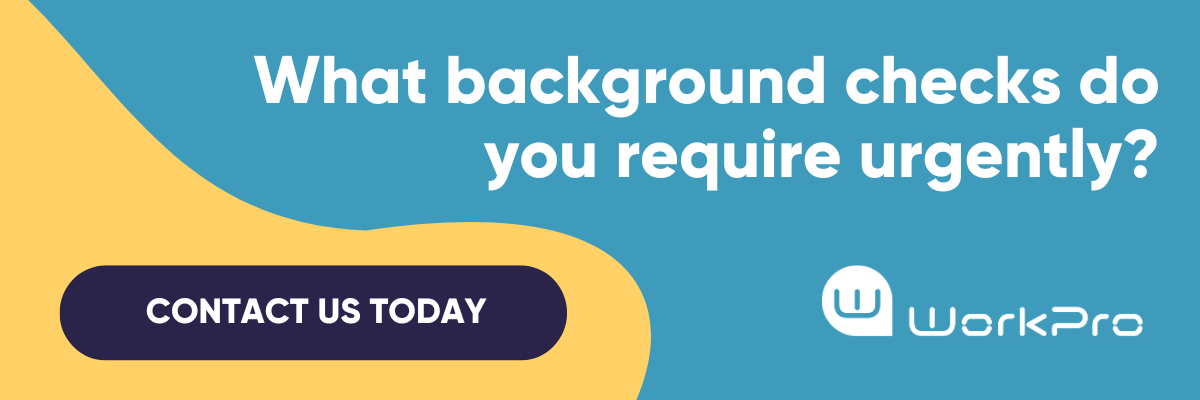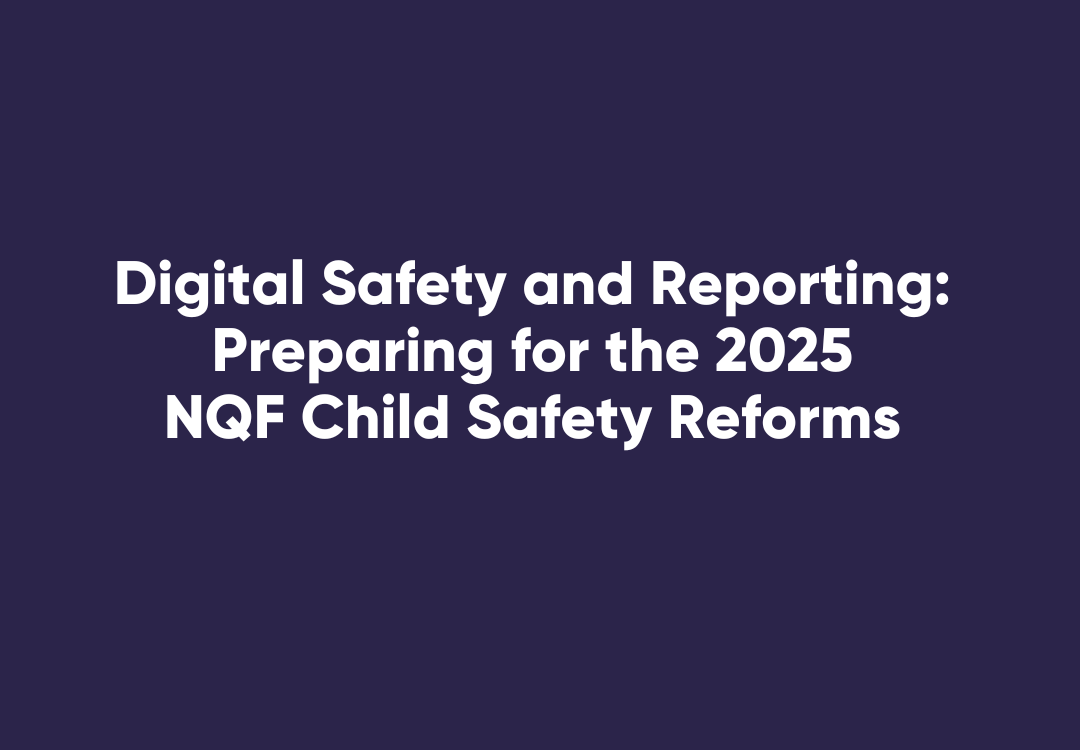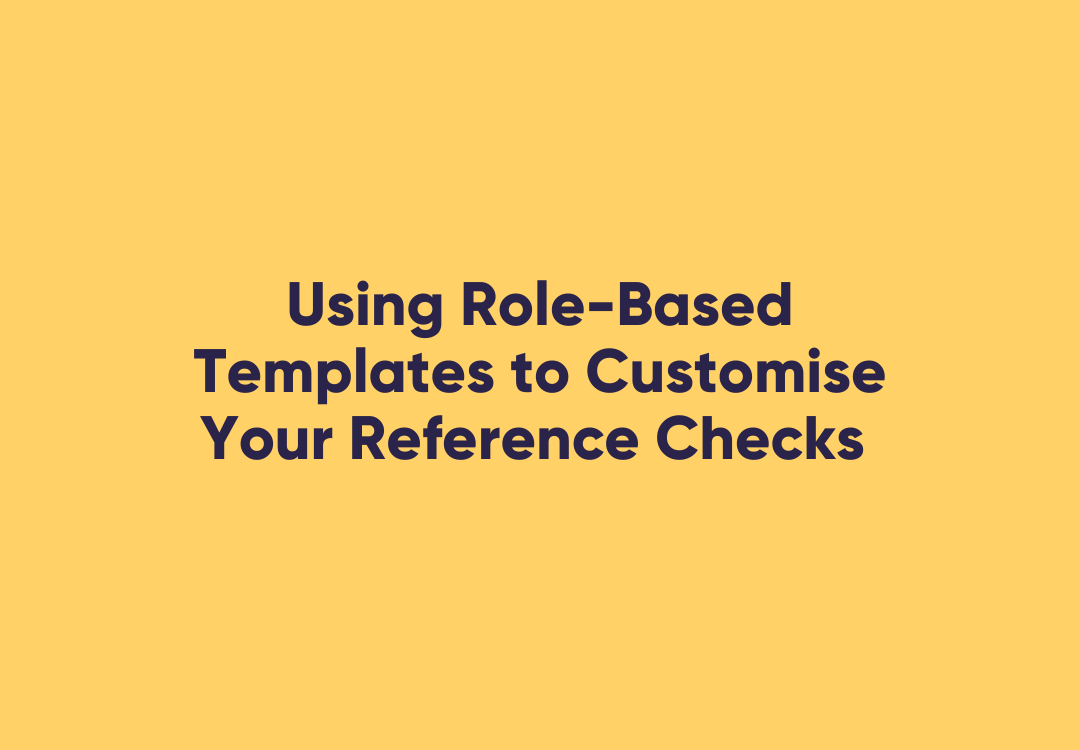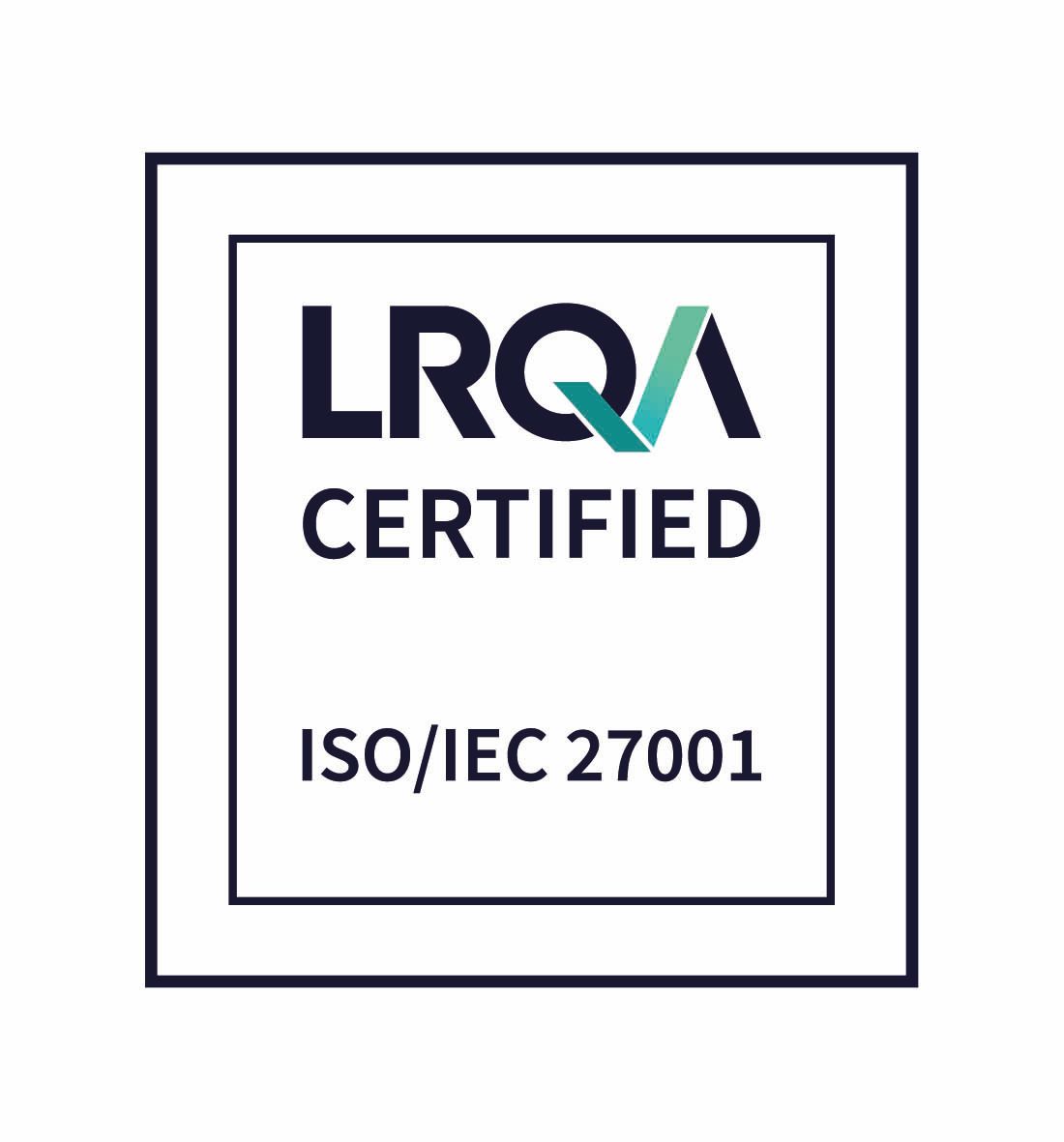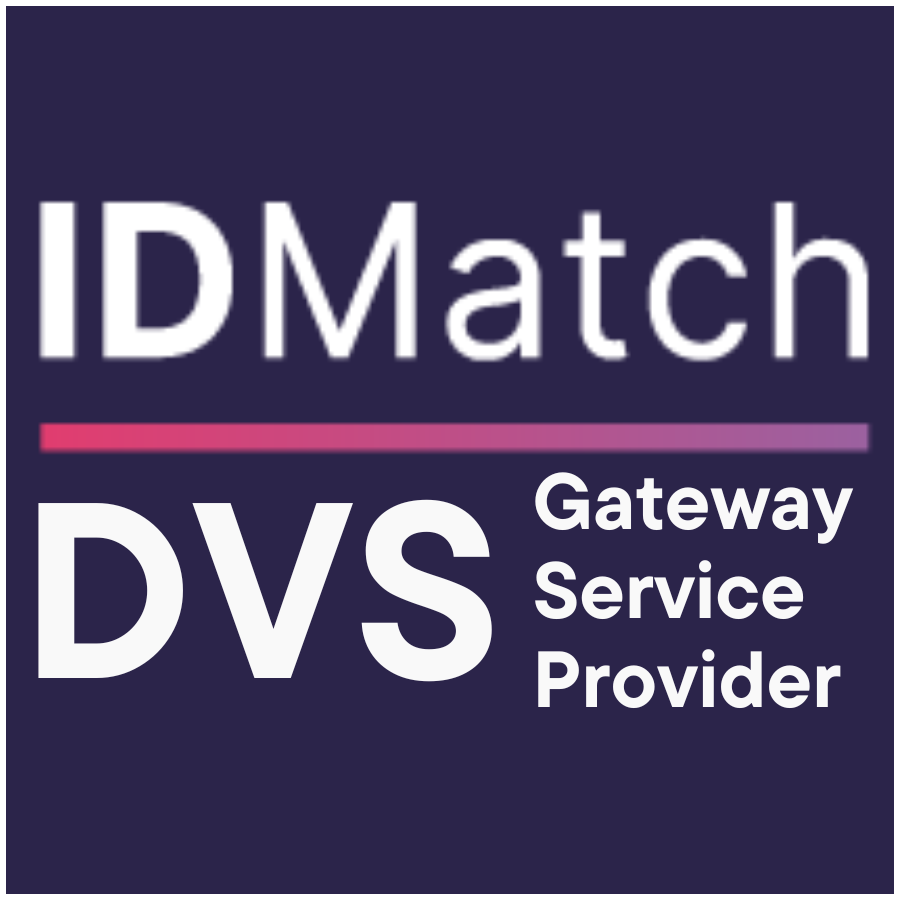OCR, DVS and Biometrics: How They Work Together to Fast-Track Candidate Verification
OCR, DVS and Biometrics: How They Work Together to Fast-Track Candidate Verification
Relying on manual document checks is both time-consuming and prone to error, leaving gaps in compliance and candidate trust. Modern HR teams are now turning to a suite of automated technologies, OCR (optical character recognition), document verification services (DVS), and biometric solutions, to streamline onboarding and prevent fraud. Together, these layers form a powerful system that verifies identities in minutes, not days.
How Each Tech Layer Powers Faster, Safer Onboarding
1. OCR: Optical Character Recognition
OCR stands for optical character recognition, a technology that reads and extracts text from scanned documents or images. During onboarding, OCR instantly captures details from driver licences, passports, or other IDs, such as name, date of birth, and document number, eliminating the need for manual data entry. This reduces errors and speeds up the initial stage of candidate verification.
2. DVS: Document Verification Services
Once OCR extracts the data, DVS (Document Verification Service) checks those details against government databases in real time. DVS confirms that the document is genuine, current, and not reported lost or stolen. This step is critical for stopping fraud before it enters your workforce.
3. Biometrics
After the document is validated, biometric technology, such as facial recognition or fingerprint scanning, verifies that the person presenting the document is its true owner. The candidate is prompted to take a live selfie or scan a fingerprint, which is compared to the photo or biometric data on the official ID. Advanced systems include “liveness detection” to ensure the process cannot be spoofed with static images or recordings.
Each layer serves a unique purpose: OCR speeds up data capture, DVS ensures the document is real, and biometrics confirm the person’s true identity.
Workflow Visualisation: How the Technologies Integrate
Here’s how these technologies work together in a modern onboarding workflow:
- Candidate receives a secure onboarding link.
- Uploads ID document (e.g., driver licence or passport).
- OCR optical character recognition extracts all necessary data automatically.
- DVS checks the document details against government records for instant validation.
- Biometric verification prompts the candidate to provide a live selfie or fingerprint scan, matching it to the document’s photo.
- Automated system stores results securely and flags any discrepancies for HR review.
This integrated approach can reduce verification times from days to minutes, with no manual data entry or back-and-forth emails.
Time-Saving Impact vs Traditional ID Methods
With traditional ID verification, HR teams must manually collect, review, and sometimes chase up physical documents. Processing can take days, especially if documents are unclear or incomplete. There is a higher risk of missing subtle forgeries, and the admin workload can slow down onboarding, resulting in lost candidates or delayed placements.
Automated workflows using OCR, DVS, and biometrics can:
- Reduce onboarding time by up to 70 percent
- Minimise human error and the risk of compliance breaches
- Detect fake or tampered documents in real time
- Improve candidate experience with faster, smoother processing
For organisations handling high-volume, contract, or remote hiring, these time savings are a major competitive advantage.
What’s Next in Automated ID Verification?
As technology evolves, expect to see even more advanced integrations in candidate verification:
- Multi-factor authentication combining biometrics with behavioural data (e.g., typing patterns or device fingerprinting)
- Continuous monitoring for post-onboarding compliance and credential renewal
- AI-driven fraud detection to spot new and sophisticated forgery methods
- Improved accessibility for candidates through mobile-first, user-friendly platforms
Staying ahead with these tools will be essential as compliance requirements grow and candidate mobility increases.
WorkPro: Bringing OCR, DVS, and Biometrics Together
WorkPro integrates OCR, DVS, and biometric technology in one seamless workflow through its Digital Identity Solution. OCR technology accurately extracts data from identity documents, which is then validated in real time through DVS checks with government records.
Biometric verification adds a crucial layer of security by confirming the candidate’s identity using a live facial match. This end-to-end process reduces manual handling, eliminates the risk of document fraud, and ensures compliance integrity. HR teams can automate identity verification, maintain audit-ready records, and deliver a fast, user-friendly experience for candidates, regardless of role type or hiring volume.
Combining OCR, DVS, and biometrics is transforming the way HR professionals verify candidate identities. This technology-driven approach delivers faster, safer onboarding and keeps your hiring process compliant and future-ready.
See how WorkPro can fast-track your candidate verification by booking a demo.



